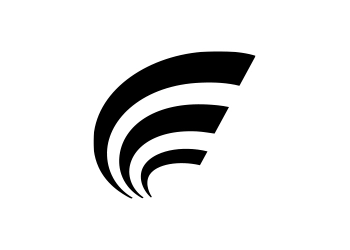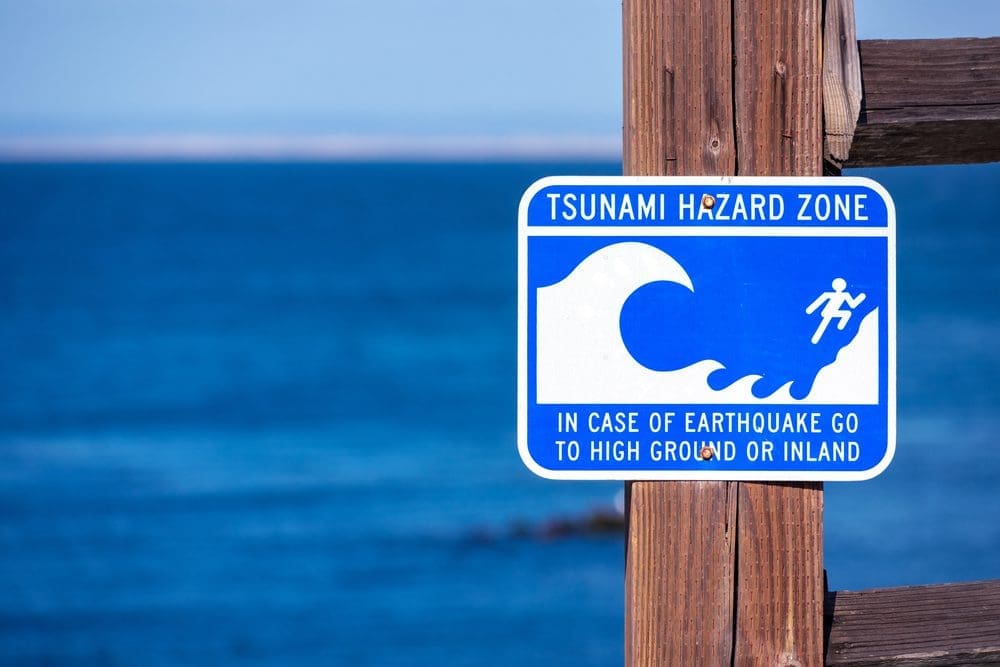
Towering walls of water moving as fast as a jetliner can start with a barely noticeable ripple deep below the sea. Tsunamis are among nature’s most awe‑inspiring and destructive phenomena.
Let’s unpack the chain of events that turns a sudden jolt on the seafloor into a coastal catastrophe, how scientists track these waves across an ocean, and what to do if one is headed your way.
What Is a Tsunami?
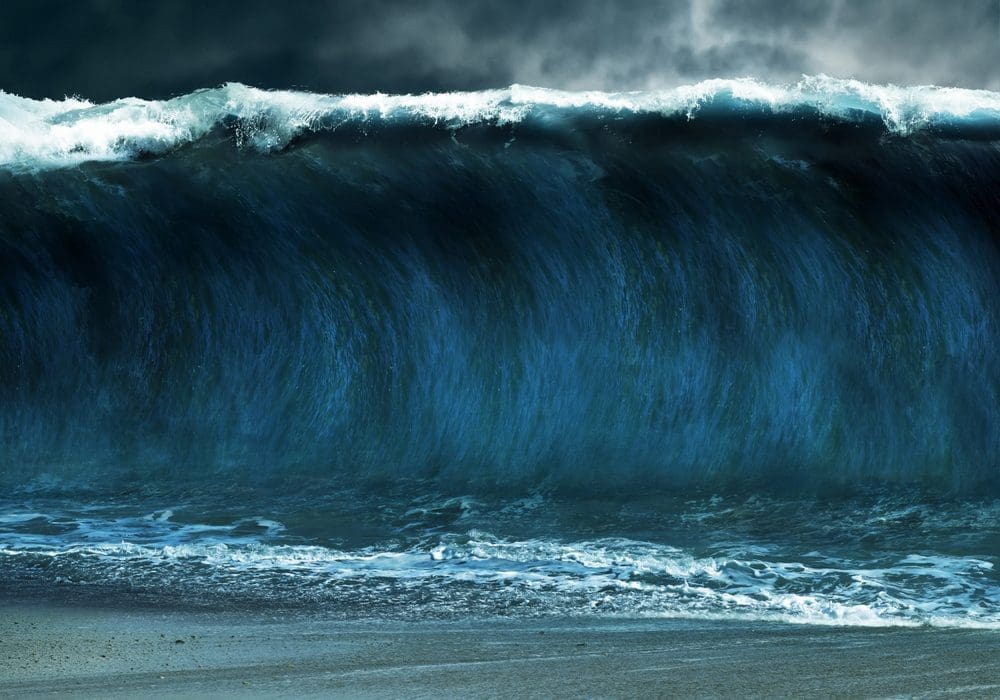
A tsunami is not a single crashing breaker but a series of extremely long-period waves created when a huge volume of ocean water is suddenly displaced.
This happens most often by an under-sea earthquake, landslide, volcanic blast, but could even potentially happen in the unlikely event of a meteor strike.
Out in deep water each crest may 1-3 meters, yet the wavelength can top 100 km, letting the wave carry immense energy across whole ocean basins.
The Most Common Trigger: Megathrust Earthquakes
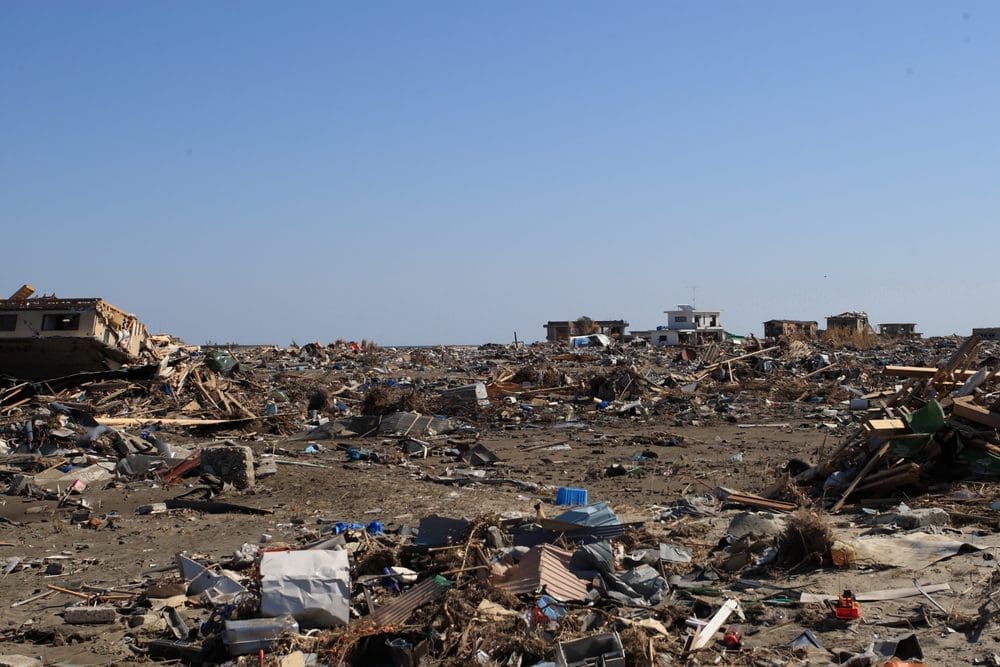
Most tsunamis start in subduction zones where one tectonic plate dives beneath another. When the locked plates snap, the seafloor can jump several metes in seconds, shoving tens of billions of tonnes of water upward.
Famous examples include the 2004 Sumatra-Andaman (M 9.1) and 2011 Tōhoku, Japan (M 9.1) quakes, plus yesterday’s earthquake ine Kamchatka (M 8.8) that set this week’s waves in motion.
The 8.8 magnitude earthquake surprised forecasts, which, according to the prediction market Kalshi, gave only a 17% chance of there being an earthquake larger than 8.5 magnitude this year.
Other Sources: Landslides, Volcanoes & Meteors
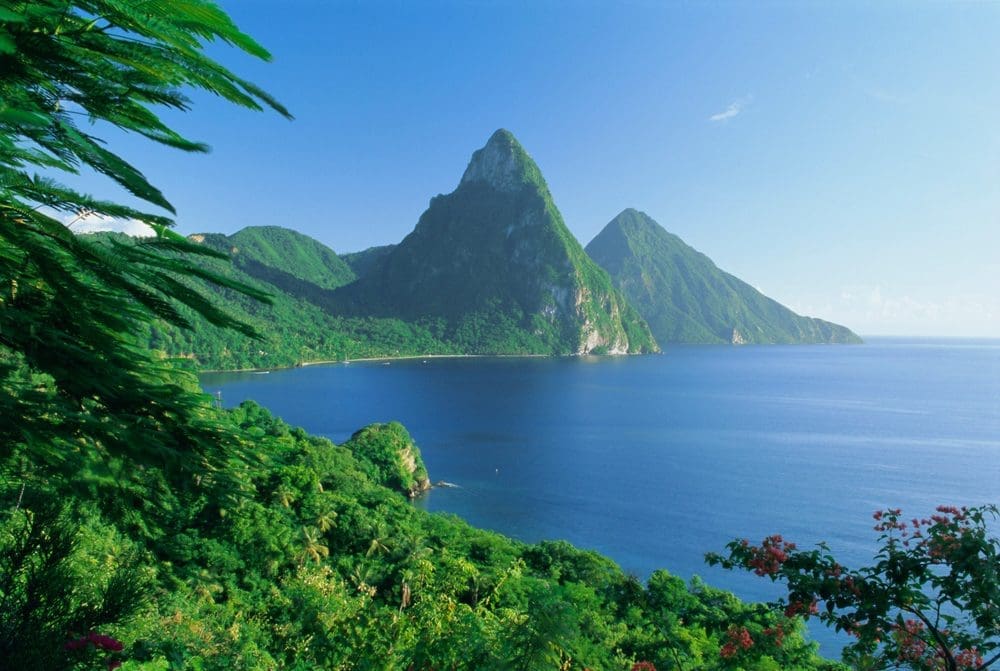
Underwater landslides like the 1998 Papua New Guinea slope failure can unleash devastating local tsunamis with almost no warning.
Volcanic eruptions such as Tonga’s Hunga Tonga–Hunga Haʻapai blast in 2022 displaced water through both explosions and collapsing calderas. While exceedingly rare, an asteroid impact could generate basin-wide waves dwarfing anything in recorded history.
The Physics of Propagation
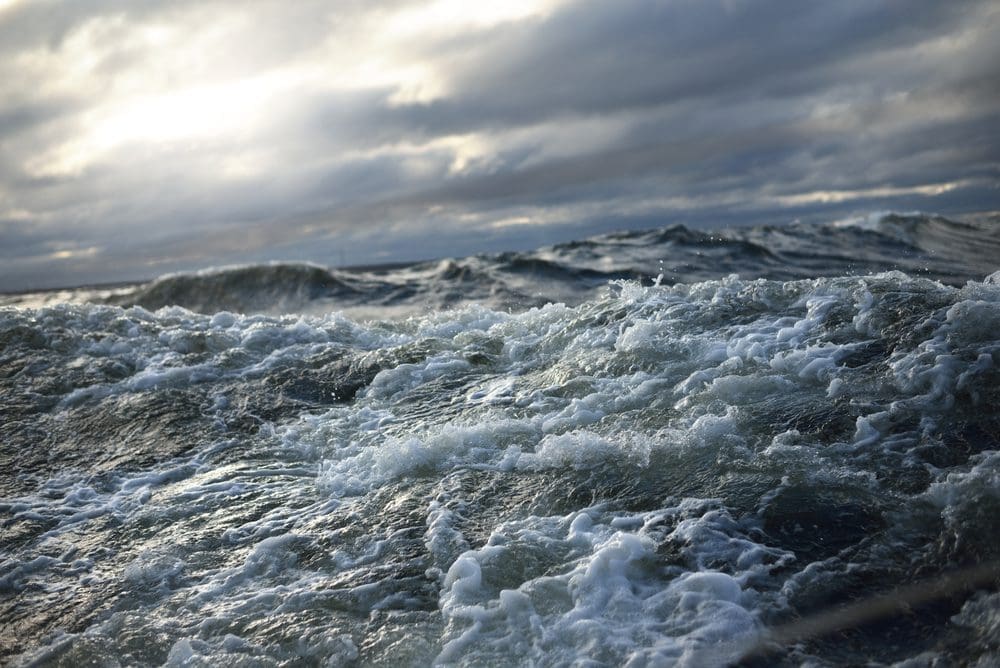
Tsunami energy extends from the surface to the seabed, so wave speed depends on depth and follows the formula v = √(g × d). In 5 km-deep water, a tsunami can race at roughly 800 km/h, which is about the speed of a passenger jet. Yet, vessels offshore may feel only a gentle lift as it passes.
Shoaling: Why Waves Tower Near Shore
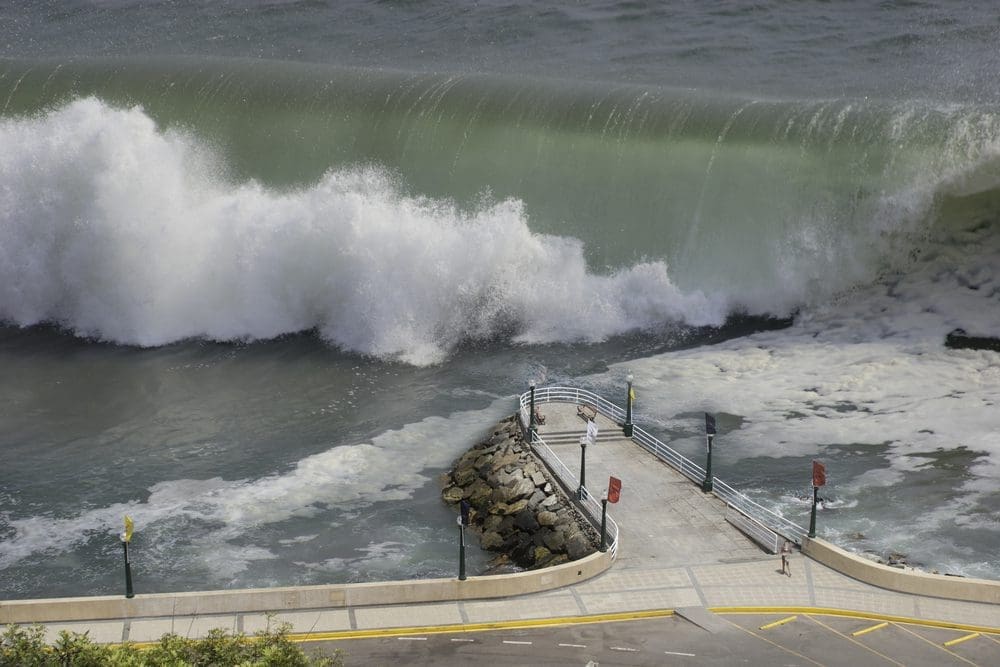
As the seabed shallows, the front of the wave slows while water behind it keeps pushing, squeezing the energy into a smaller volume. A wave that was under a metre high in deep water can rear up to more than 30 m at the coast. The first clue is often a sudden, roaring draw-down of the sea—a “false low tide” that signals it’s time to run.
Run-Up & Inundation
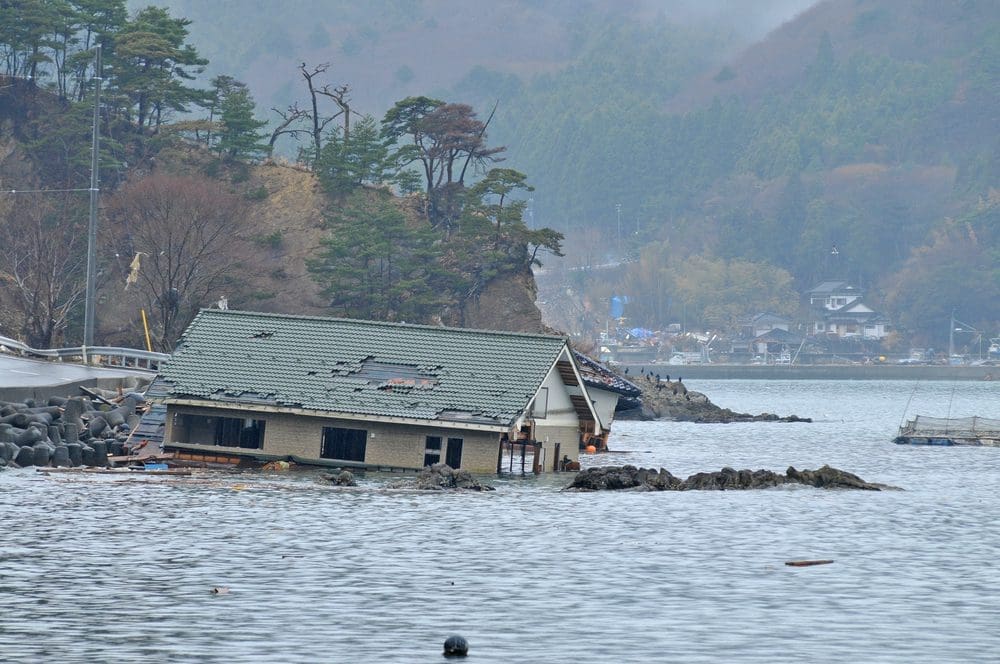
Once ashore, tsunami run-up (vertical height above normal sea level) and inland reach hinge on the wave’s energy, coastal slope, and local barriers. Narrow bays and river mouths can funnel waves higher, while reefs, dunes, and mangrove forests absorb energy and protect inland areas.
The Global Warning Network

Since 2004, NOAA’s Deep-ocean Assessment and Reporting of Tsunamis (DART) buoys, coastal tide gauges, and worldwide seismic stations have fed real-time data to warning centers. Automated algorithms flagged the July 29 shock within minutes, sending alerts across the Pacific on Tuesday night and into Wednesday morning.
Case Study: The 2011 Japan Tsunami
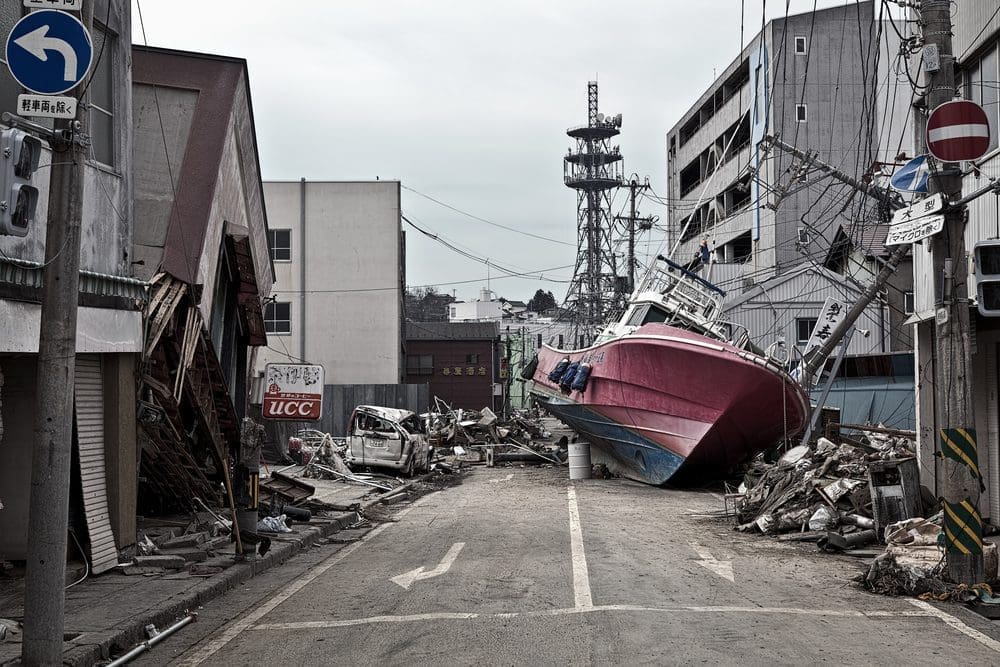
The March 11, 2011 (M 9.1) Tōhoku quake sent waves up to 40m over seawalls, flooding almost 350 square miles, killing more than 18,000 people, and causing the Fukushima Daiichi nuclear meltdowns. The disaster spurred global upgrades to warning systems and evacuation planning , many of which hae been used again this week.
Mitigation & the Future
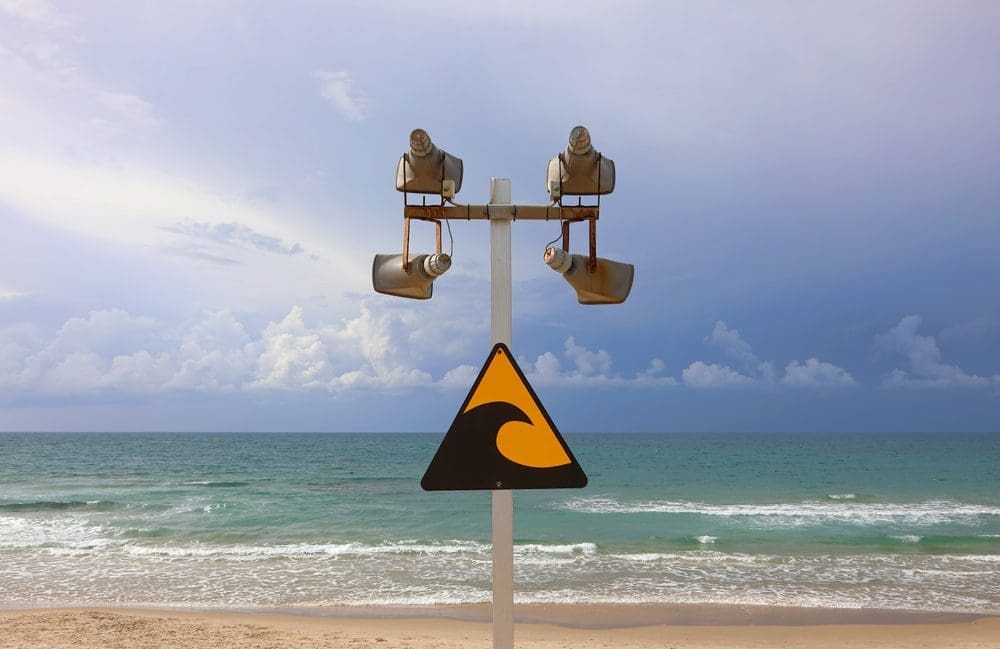
We can’t stop tsunamis, but risk can be lowered with smart zoning, vertical evacuation towers, restored wetlands, and regular drills. In 2024 the U.S. invested $30 million to modernize the DART network, and Oregon has modeled pedestrian-evacuation times to site new purpose-built towers in low-lying towns.

















